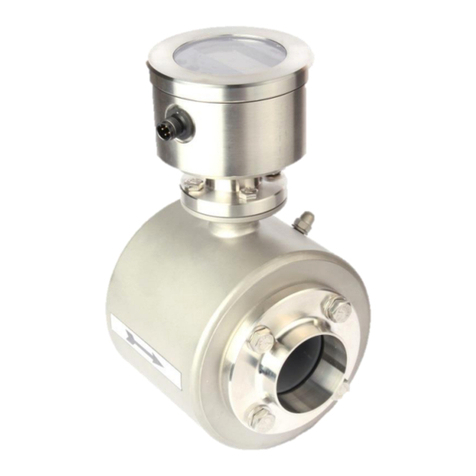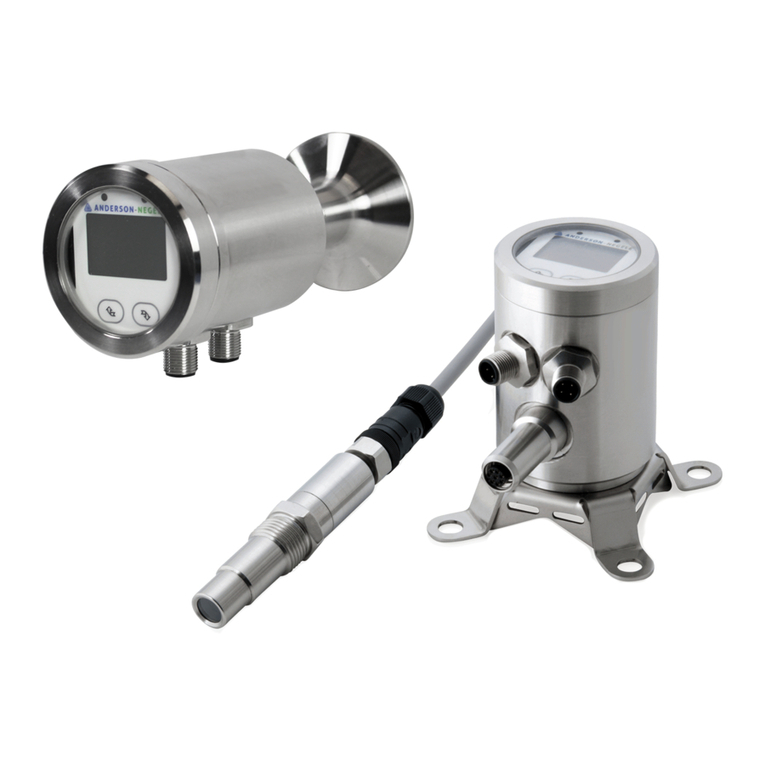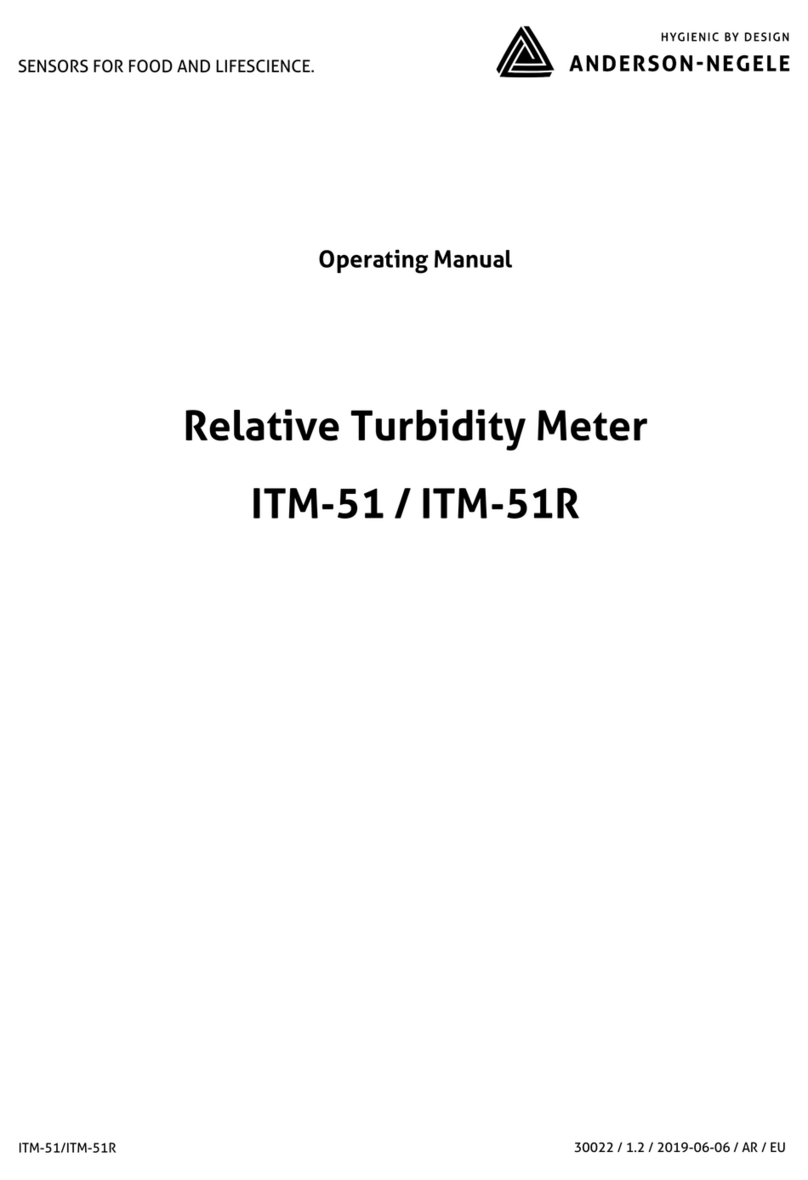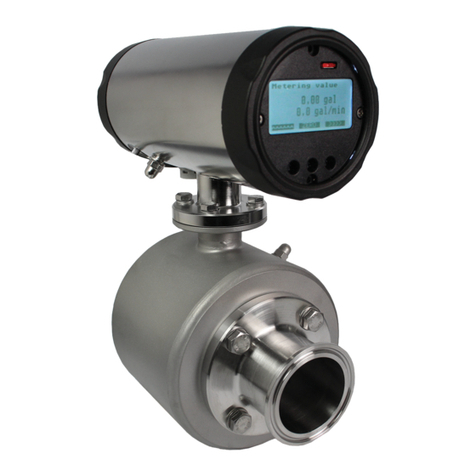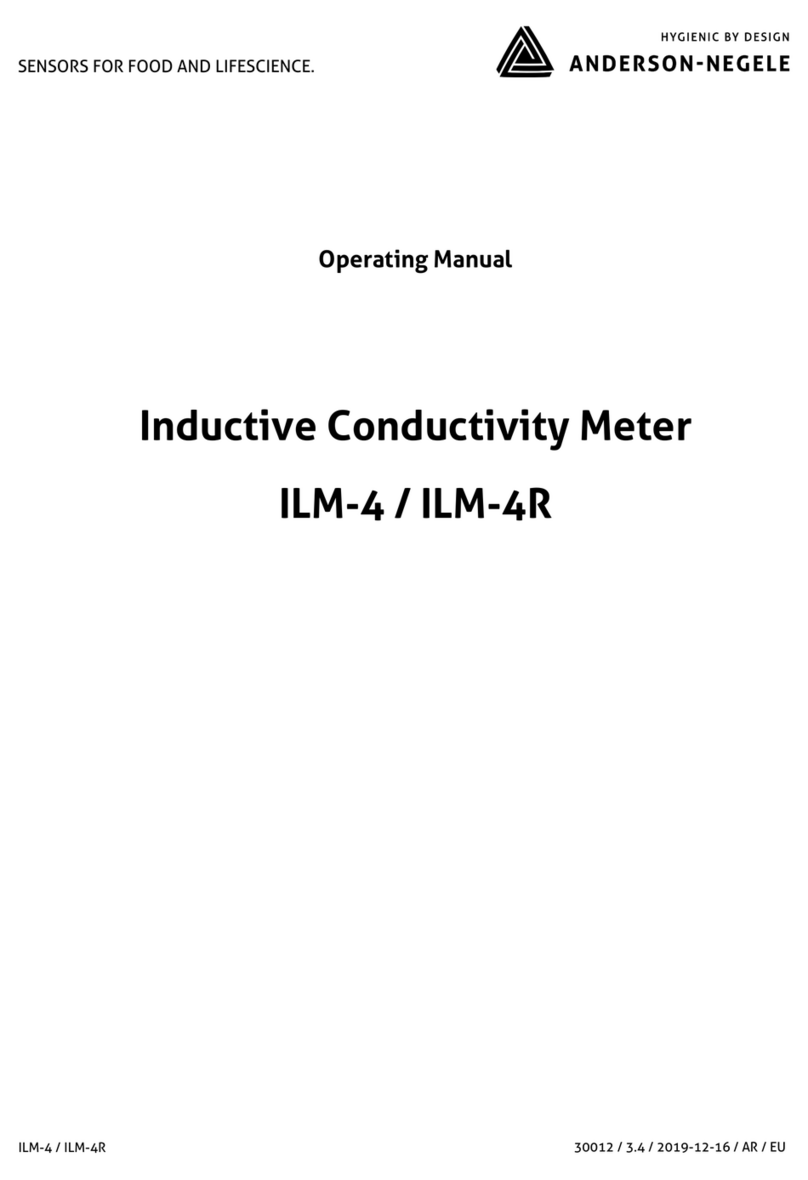
7Installation of the Load Stand®II
1.
make sure the correct load stand will be installed.
2. Measure the No Load Output to ensure it’s ±50 mV.
3. Raise the vessel.
4. Inspect the bottom of the vessel mounting surface to
-
ment. Remove any debris from the mounting surface.
Depending on the foundation (concrete or beam mount-
5. Mount the Load Stands on the foundation.
a) Place the customer-supplied leveling nuts and hard-
ened washer on each anchor bolt on the load stand.
Check the angular alignment.
b) Carefully place the Load Stand®on the leveling
nuts/washers, aligning the mounting holes with
the foundation anchor bolts. The alignment should
allow the load stand to easily slide onto the anchor
bolts.
c) Place the customer-supplied hardened washer and
nut on each anchor bolt. Do not fully tighten the
nuts at this time. Leave a 6 mm (1/4") gap between
the nut and washer to allow for positioning the Load
Stand.
d) Repeat Steps A through D for each Load Stand.
e) Record the no load output by connecting the
electronics and following chapter “Shimming of the
Load Stand”.
6. Mount the vessel on the Load Stands:
Caution
Use proper supports to prevent the vessel from tipping
or falling.
Note
On 22,680 kg (50,000 lb) or larger Load Stands, a pry
bar may be used at the base of the Load Stand®to gently
move it into position.
Caution
If the vessel hole pattern does not match up with the
Load Stand®hole pattern, modify the mounting holes on
the vessel. Do not force the Load Stand®into position by
hammering or by tightening the mounting bolts.
Installation
a) Slowly lower the vessel until it is resting on the Load
Stand®assemblies. Alignment pins may be used to
help guide and position the vessel.
b) Center the Load Stand®top mounting holes with the
vessel mounting holes, using the clearance available
from the Load Stand®bottom mounting holes.
c) Place a rubber washer on each customer-provided
top bolt. Place the four top bolts through the vessel,
rubber pad, and Load Stand®mounting holes.
d) Place a rubber washer and customer provided nut on
Do not compress the rubber washers at this time.
7. Perform preliminary leveling shimming:
a) Inspect the installation for gaps between the vessel
mounting plate and the Load Stand.
b) Eliminate gaps by doing one or a combination of the
following:
· Turn the leveling nuts, only to raise the entire
load stand.
· Install one or more full shims above the Load
Stand®rubber pad. Two shims are provided by
Anderson-Negele with each Load Stand.
· Install one or more partial shims above the Load
Stand®rubber pad. Two shims are provided by
Anderson-Negele with each Load Stand. Using the
Load Stand®
shim shape on a thin piece of cardboard. Use this
as a template to cut the required shape from a
full shim.
